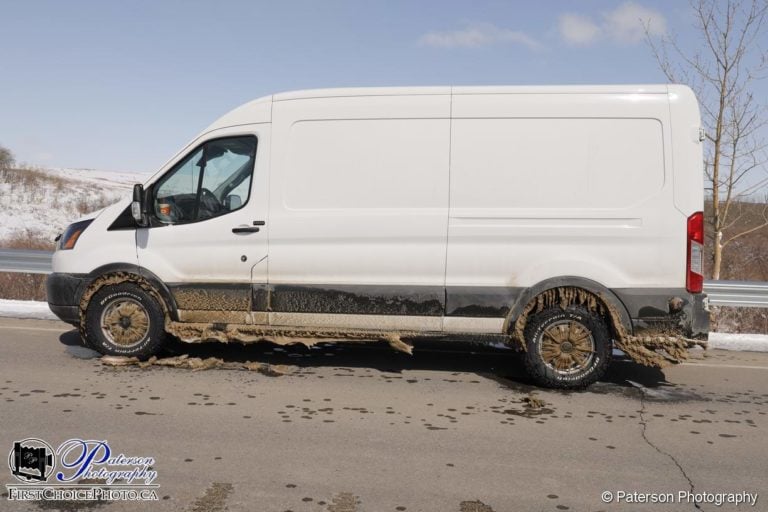2017 148" medium roof, eco, limited slip
Picked the van up over a year ago 3 hours away. Got it home with no issues. First light dusting of snow and I took the dog for her walk in the van and got stuck in about an inch of snow on a slight slope.
Replaced tires with KO2 started build. Still NOT impressed with traction.
Warmed up and I added more items. Not sure how the extra weight would do. Ran my van to the mountains and I was not upset but not really impressed.
This year we have had very little snow. Last weekend ran to the mountains and I got it stuck on a paved road with some ice, NOT impressed.
We got a snow storm a couple days ago. Then yesterday I added a couple sand bags to the back end. The guy I bought them from said they are 75lbs each, I say 100 plus each.
Took the van out today and WOW BIG CHANGE!!! I am happy. Did a few tests like backing down a snow covered hill, stopping then trying to drive back up and not an issue. Even without the limited slip it is so much better. So today took it to a isolated lake with a trail around it. Pulled off the trail and parked on the snow covered shoulder and not a problem. Did a pile of turns and start and stops in the snow and no issue.
I can say that I am a lot more happy with the van now, I would take it to the mountains without hesitation now as before I was cautious.
My Build
My build and info on my blog







